Modern vet clinics are turning to ancient secrets — and the results are blowing minds.
Long before pharmaceuticals came in pill bottles, Native American healers were treating wounds, calming pain, and boosting immunity with plants pulled straight from the earth. No lab coats. No machines. Just generations of observation, trial, and deep respect for nature.
Now, those same remedies — once dismissed as folklore — are showing up in pet care again. And they’re working. From goldenrod salves to slippery elm for upset stomachs, these plants are making a serious comeback.
Call it old-school wisdom or canine-compatible magic, but one thing’s clear: these 12 natural remedies aren’t just surviving. They’re thriving — in modern vet clinics, of all places.
Echinacea
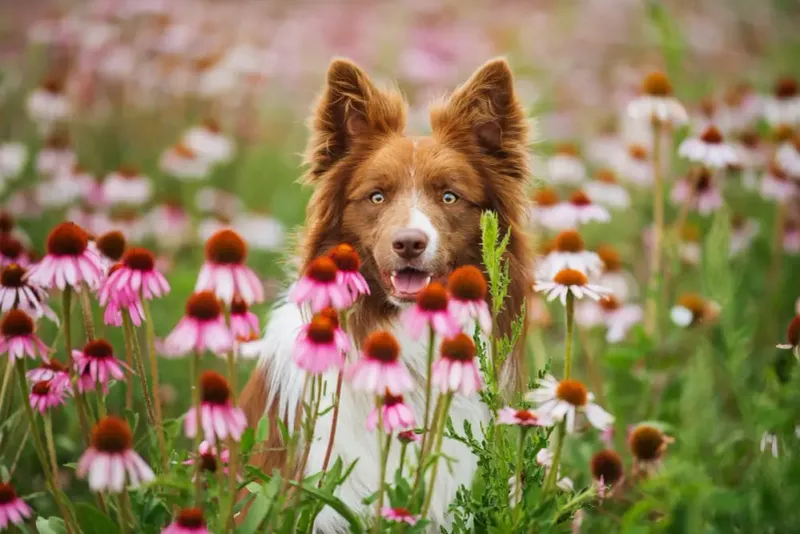
Echinacea, with its striking purple coneflowers, is a star in herbal medicine. Known for bolstering the immune system, it has become a staple in treating infections and illnesses in animals. Veterinarians are increasingly utilizing echinacea to support pets recovering from surgery or illness.
The plant’s natural anti-inflammatory properties make it suitable for soothing skin conditions. Its use in veterinary care highlights a return to organic healing methods.
Did you know? Native tribes used echinacea for centuries, not just for physical ailments but also as a spiritual protector. Its holistic benefits are now being rediscovered.
Yarrow
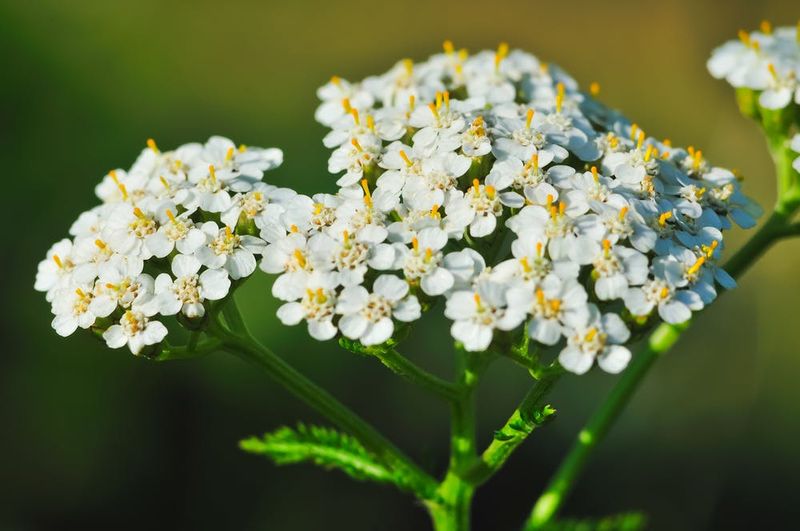
Yarrow, often found in meadows, is celebrated for its versatility. This plant is particularly effective in treating wounds, as its leaves can stop bleeding and promote healing. Modern vets are embracing yarrow for treating minor cuts and abrasions in pets.
Historically, yarrow was used in poultices by Native Americans, and its healing legacy continues today. It’s a perfect example of nature’s pharmacy in action.
Yarrow’s bitter taste might deter some animals, but its benefits are undeniable. Its use in clinics marks a resurgence of interest in herbal therapies for animals.
Goldenseal
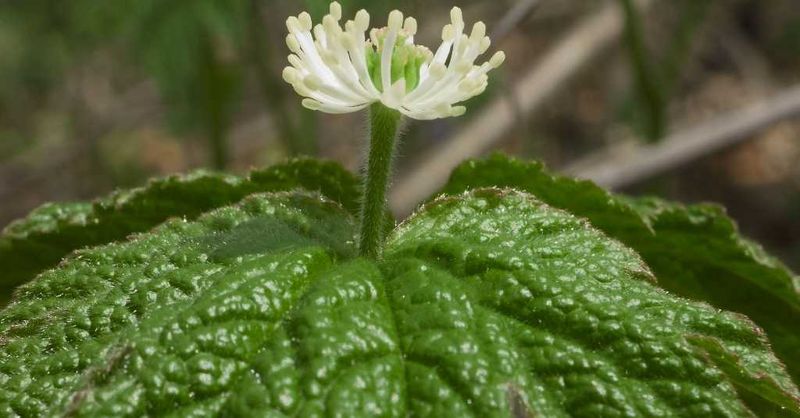
Goldenseal is revered for its antimicrobial properties. A favorite among herbalists, it combats infections, making it invaluable in treating respiratory issues and digestive problems in pets. Its bright yellow root is the source of its healing power.
Veterinarians are now turning to goldenseal for its effectiveness and natural approach to care. Native American tribes historically used it for similar purposes, demonstrating its time-tested reliability.
The resurgence of goldenseal in veterinary practices signals a broader trend towards embracing traditional, plant-based treatments that prioritize animal well-being.
Devil’s Claw
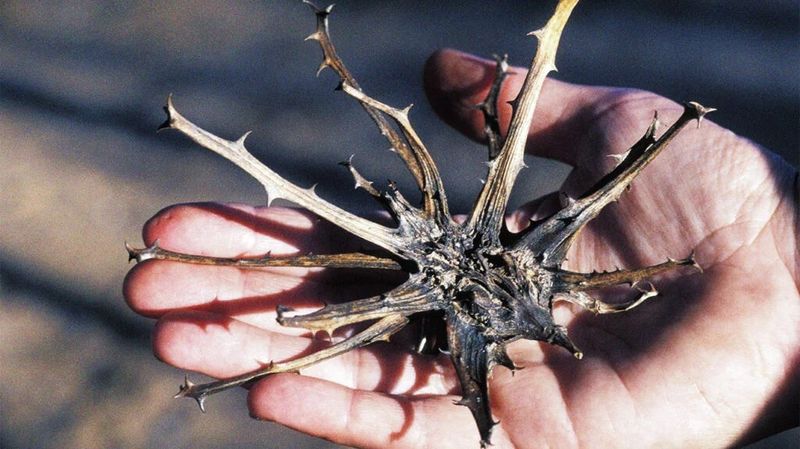
Devil’s Claw might have an intimidating name, but it’s a gentle giant in pain relief. Known for alleviating arthritis and joint pain, this desert plant is gaining traction in veterinary circles.
Native Americans once used Devil’s Claw to ease discomfort, and today, vets appreciate its analgesic properties. It’s a natural alternative to synthetic pain relievers, offering relief without the side effects.
This plant’s unique adaptation to harsh environments speaks to its resilience and potency, making it a valuable ally in managing chronic pain in animals.
Cedar
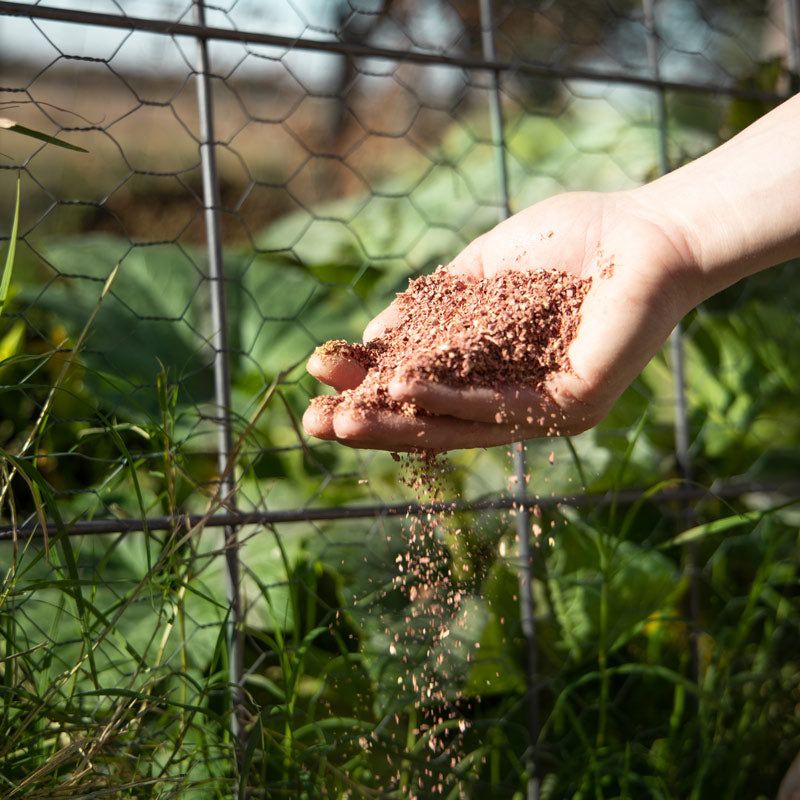
Cedar has long been cherished by Native cultures for its soothing properties. In veterinary care, cedar oils and extracts are used to calm anxious animals and repel pests like fleas and ticks.
The scent of cedar is not only pleasant but serves a practical purpose. Its natural insect-repelling quality is beneficial for pets, providing a chemical-free solution to pest control.
Incorporating cedar into modern vet practices reflects a blend of tradition and innovation, offering holistic care that respects the wisdom of ancestral knowledge.
Slippery Elm

Slippery Elm’s soothing nature makes it a favorite for digestive health. Its inner bark is crafted into a powder that can coat the stomach and intestines, offering relief from ulcers and gastritis.
Veterinarians appreciate slippery elm for its gentle effectiveness, making it suitable for sensitive pets with delicate digestive systems. This plant’s role in healing is a testament to its longstanding use by Native healers.
The resurgence of slippery elm in pet care highlights a growing recognition of traditional remedies that harmonize with an animal’s natural rhythm.
Aloe Vera

Aloe Vera, with its succulent leaves, is a household name in soothing skin irritations. Its gel is used in veterinary care to treat burns, cuts, and various skin conditions in pets.
Modern vets value Aloe Vera for its ability to promote healing without harsh chemicals. The plant’s cooling properties provide instant relief to inflamed areas.
Historically, Aloe Vera was cherished by Native tribes for its all-purpose healing capabilities, and its inclusion in contemporary veterinary practices underscores its timeless efficacy and gentle touch.
Chamomile

Chamomile’s calming presence extends beyond humans to our furry friends. Known for reducing stress and anxiety, chamomile is widely used in veterinary care for its mild sedative effects.
The plant’s gentle nature makes it ideal for treating nervous pets, offering a natural way to ease anxiety without pharmaceuticals. Chamomile’s use in pet care reflects a desire for holistic approaches that honor the interconnectedness of life.
Its beautiful, daisy-like flowers are a reminder of nature’s simplicity and the power of gentle remedies in healing both body and spirit.
Burdock Root
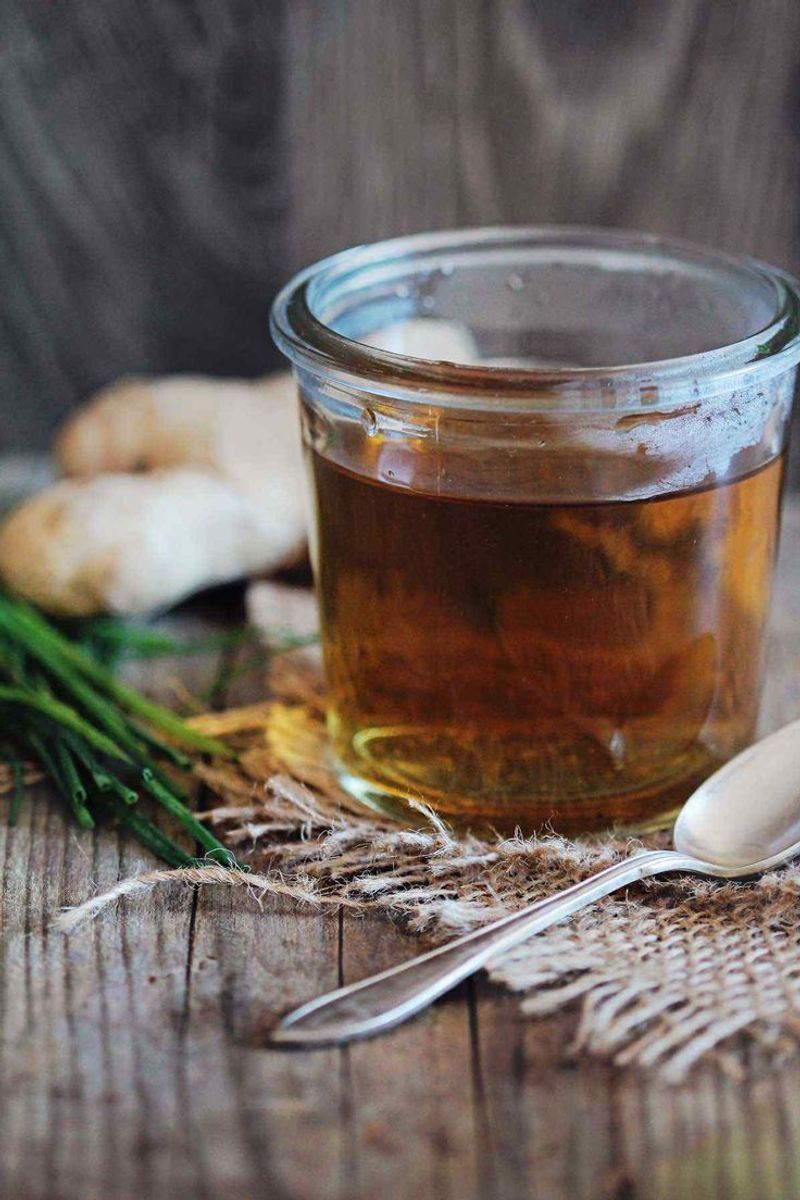
Burdock Root is a detoxifying powerhouse. Known for purifying the blood and supporting liver function, it’s gaining recognition in veterinary medicine.
Vets use burdock root to assist in recovery from illness and as a supplement for general wellness in pets. Its historical use by Native Americans for similar purposes highlights its enduring value.
The plant’s robust growth and vibrant flowers are a testament to its vitality, and its role in modern vet clinics showcases a harmonious blend of tradition and contemporary care.
Witch Hazel
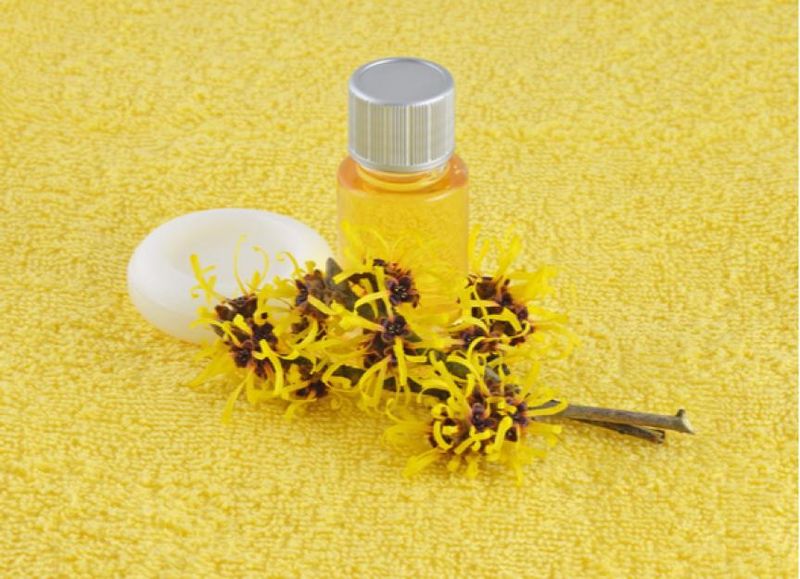
Witch Hazel is synonymous with soothing treatments. In veterinary care, it’s used for its astringent properties to treat skin ailments and reduce inflammation in pets.
This plant’s ability to tone skin and ease irritation makes it a valuable tool for vets looking for natural solutions. Native tribes once used witch hazel in similar ways, emphasizing its longstanding therapeutic role.
The plant’s striking yellow flowers in winter symbolize resilience, and its integration into modern vet practices reflects a respect for time-honored healing traditions.
Marshmallow Root

Marshmallow Root is known for its mucilaginous properties, offering relief for respiratory and digestive issues in pets. Its soothing nature helps coat and protect irritated tissues.
Veterinarians utilize marshmallow root for pets with coughs or digestive discomfort, providing a gentle alternative to harsher medications. Its use harks back to Native American practices that valued its soft touch.
The plant’s delicate flowers and calming presence in nature are mirrored in its healing effects, making it a cherished remedy in both traditional and modern contexts.
Calendula
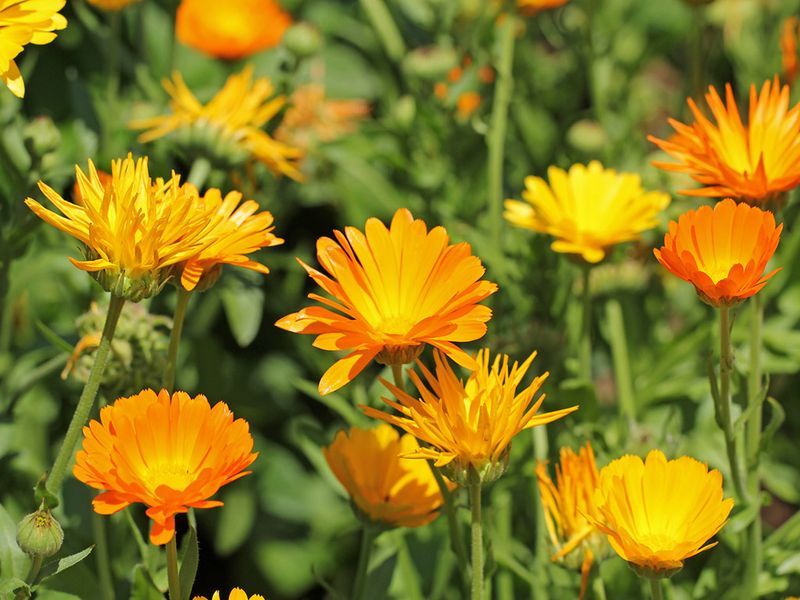
Calendula’s vibrant blooms are a joy to behold, and their healing properties make them invaluable in veterinary care. Known for its anti-inflammatory and antiseptic qualities, calendula is used to treat wounds and skin irritations in pets.
Its gentle touch is perfect for sensitive skin, ensuring healing without irritation. The plant’s sunny disposition is mirrored in its capacity to bring relief and promote recovery.
Calendula’s adoption in modern vet practices highlights a growing trend towards embracing natural remedies that offer kindness and efficacy in animal health care.

